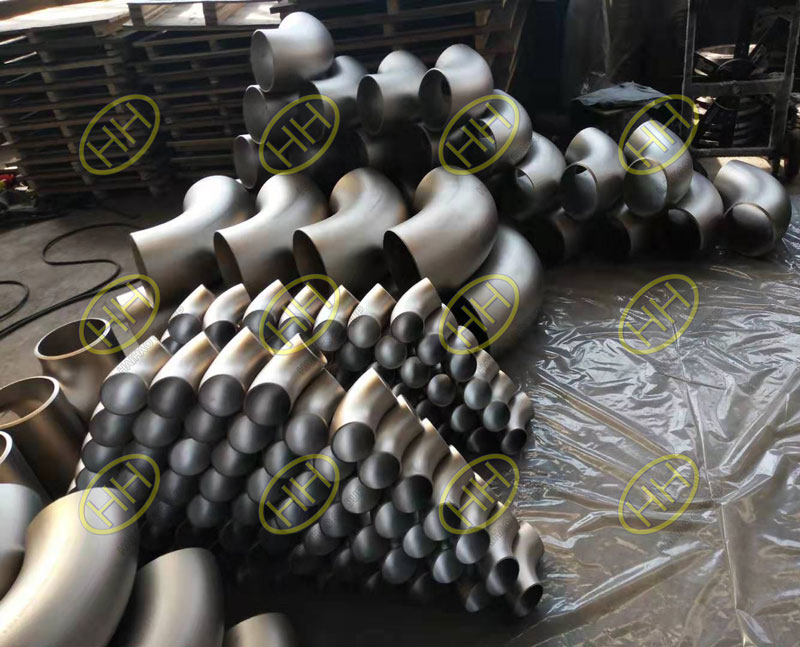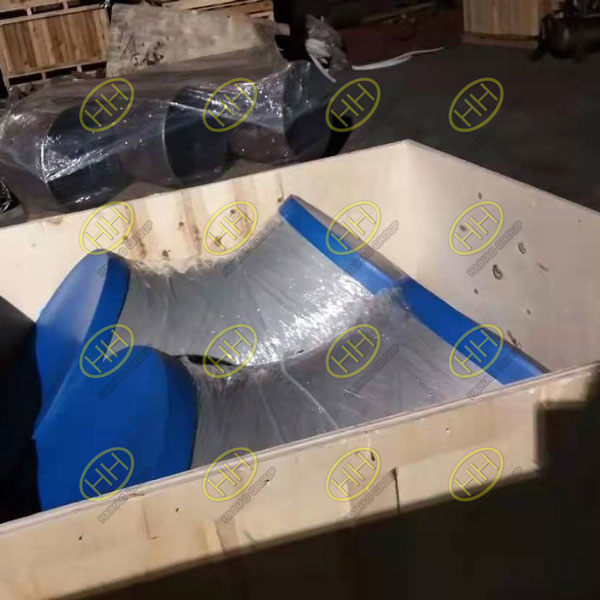How to judge whether to use a short radius elbow or a long radius elbow according to your own project?
When it comes to piping projects, selecting the appropriate fittings is crucial for ensuring optimal performance and efficiency. One common decision that engineers and project managers face is whether to use a short radius elbow or a long radius elbow. Understanding the key differences and their respective applications is vital in making the right choice. Let’s explore how to distinguish which type of elbow is best suited for your project.
Understanding Radius and Bend Characteristics: The primary distinction between short radius elbows and long radius elbows lies in their radius of curvature. A short radius elbow has a smaller radius, typically one times the nominal pipe diameter, resulting in a more compact and abrupt change in direction. On the other hand, a long radius elbow has a larger radius, usually 1.5 times or more the nominal pipe diameter, leading to a smoother and more gradual bend.
Space Constraints: One important factor to consider is the available space within your piping system. Short radius elbows are preferred in applications where space is limited, as they require less room for installation. Their compact design allows for tighter bends, making them ideal for projects with restricted spaces or where clearances are a concern.
Flow Characteristics: Another crucial aspect to consider is the impact on flow characteristics. The sharp turn of a short radius elbow can create turbulence and increased pressure drop, potentially affecting the overall flow efficiency. Long radius elbows, with their more gradual bend, help maintain a smoother flow path, minimizing pressure losses and reducing energy consumption. They are often favored in applications that require enhanced flow performance.
Velocity Considerations: Velocity plays a role in determining the appropriate elbow type as well. In high-velocity applications, such as in certain industrial processes or HVAC systems, long radius elbows are preferred. Their gentle curvature helps mitigate the effects of velocity-induced turbulence, ensuring a more controlled and stable flow.
Industry Standards and Codes: Consulting relevant industry standards and codes is essential in determining which type of elbow to use. Different piping codes may provide specific guidelines on the use of short or long radius elbows based on factors like fluid type, system pressure, and system design requirements. It is important to ensure compliance with the applicable standards to meet safety and regulatory obligations.
Project Specifics: Every project has unique requirements and considerations. Factors such as pipe diameter, material compatibility, system pressure, temperature, and the overall layout must be taken into account. Evaluating these parameters in conjunction with the above factors will help determine the most suitable elbow type for your project.
At Haihao Group, we understand the complexities of piping systems and the importance of selecting the right fittings. With our extensive range of high-quality short radius elbows and long radius elbows, we offer tailored solutions to meet the diverse needs of your projects. Our products are manufactured in accordance with industry standards, ensuring reliability, durability, and compliance.
Whether you require compactness and flexibility or smooth flow and energy efficiency, Haihao Group has you covered. Our team of experts is ready to assist you in choosing the ideal elbow for your specific application. With our commitment to exceptional quality, timely delivery, and unparalleled customer service, we are your trusted partner for all your piping needs.
Make the right choice for your project by selecting the appropriate elbow. Contact Haihao Group today, and let our expertise and comprehensive solutions elevate your piping systems to new heights of performance and efficiency.


